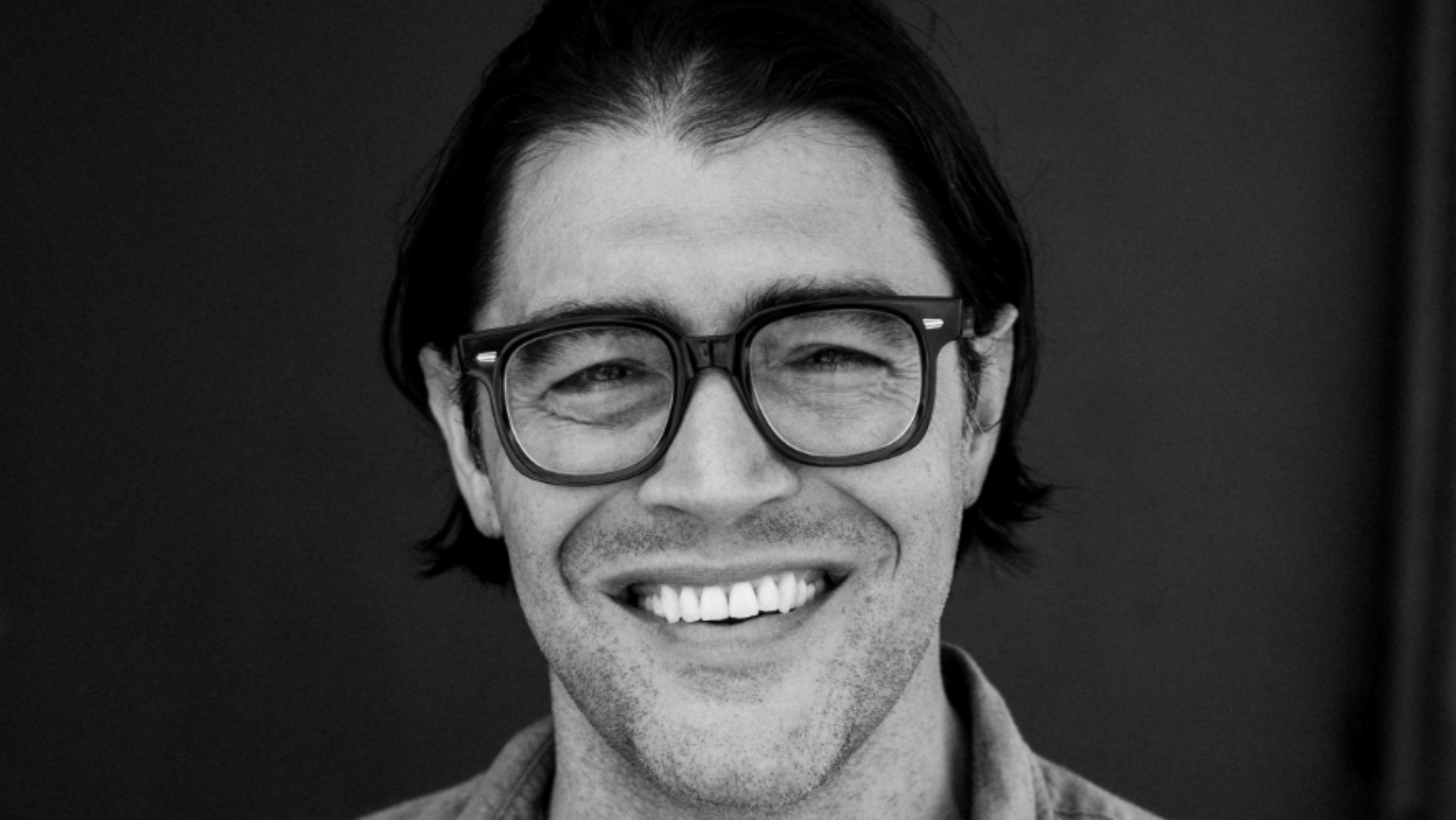
The VFX Factor: Meticulous Artistic Dedication with Ryan Reeb

As the head of visual effects and animation at Stept Studios, Ryan Reeb leads the company's VFX efforts, consulting on bids and supervising on-set for major productions while pioneering an in-house render farm and developing VFX workflows with cutting-edge technologies. He has built an internal VFX team, employing advanced systems and AI to enhance creative production and has a rich background in the industry, contributing to feature films, commercials, and winning awards for directing, showcasing a commitment to innovation and creativity in VFX.
This feature is a place for the visual virtuosos of advertising, the VFX artists, to discuss the trends in their role: the technological advancements revolutionising the way they work, the beauty of ‘invisible’ post, and the joy of working in VFX.
LBB> What’s the biggest misconception people have about VFX?
Ryan> One of the prevailing misunderstandings in VFX is distinguishing quick tasks from those that demand meticulous artistic dedication. To many, all VFX tasks might appear comparable, often leading to budgetary and scheduling upheavals. At Lockt, we've honed a pipeline attuned to client needs, ensuring swift and tailored VFX solutions. Our adaptability spans from traditional post-production VFX to a virtual production model where significant VFX planning occurs pre-shoot. Each project, regardless of its scale, timeline, or budget, deserves a bespoke solution. Our commitment lies in discerning these nuances to deliver top-tier results we can all stand behind proudly.
LBB> Think about the very, very start of a project. What is your process for that? Do you have a similar starting point for all projects?
Ryan> Whether it's a short-form project such as a commercial or music video, or a longer-form TV show or feature film, my process remains the same. I begin by reading the creative deck, treatment, or script, and create a "VFX spotting outline". This document lists, shot by shot, what shots I believe will require VFX and determines whether it's going to be a 2D compositing effect or a 3D effect. I question if it requires a set extension, vehicle, character, props, matte paintings, screen compositions, world building, simulation and so forth.
Initially, I focused solely on the creative aspect, allowing it to organically evolve during my first pass. Once the creative elements have been broken down into VFX shots, I consider an approach to each shot. At this stage, I think about how each effect can be achieved as cost-effectively as possible without compromising the intention or motivation behind needing the shot in the first place.
Once the shots have been broken down, I like to have an opportunity to discuss with the director or agency ECD to further set up milestones on a calendar. From this point the scope of work can expand or contract based on how accurately VFX can help solve the director’s vision.
LBB> Is there a piece of technology or software that's particularly exciting you in VFX? Why?
Ryan> The current VFX landscape signals a transformative era, with AI streamlining many tedious production aspects. While not flawless, this tech shows significant potential. By 2024, tasks once demanding 50-100 artists now need only 10-15. Advanced motion capture has shifted from extensive setups to compact, precise solutions using iOS devices. Platforms like Wonder Dynamics, MOVE.ai, and Unreal Engine are reshaping VFX, pushing artists toward GPU based, Machine Learning workflows and leveraging tools like Mega Scans and Kitbash3D. Agreements between Quixel and Kitbash3D enhance real-time VFX accessibility to non VFX professionals to access VFX tools. With Unreal, users can swiftly design 3D scenes for diverse purposes, reflecting the rapid pace of VFX evolution. The current VFX momentum mirrors the shift from practical effects to digital design. Embracing AI means accessing tools that amplify creative potential. Innovations like LLM’s and Style Transfer algorithms, Deep Fakes and more are propelling creatives into versatile production roles.
LBB> And as real time tech and games engines become ever faster and more sophisticated, how do you see that shaping or changing the role of VFX and its place in the production pipeline (e.g. thinking about things like virtual production)?
Ryan> LED Volume Stages and virtual production signify a paradigm shift in VFX. By the first shoot day, it's vital to have most CG assets validated and loaded for pre-lighting, as opposed to traditional post-production VFX. Real-time production and AI are poised to redefine VFX approaches. I've integrated tools like MOVE.ai, Wonder Studio, RunwalML, and Midjourney into our workflow. Leveraging Stable Diffusion with Blender, I achieved AI-assisted motion capture rendering in minutes. I anticipate AI's role in rendering will grow significantly in the coming year.















